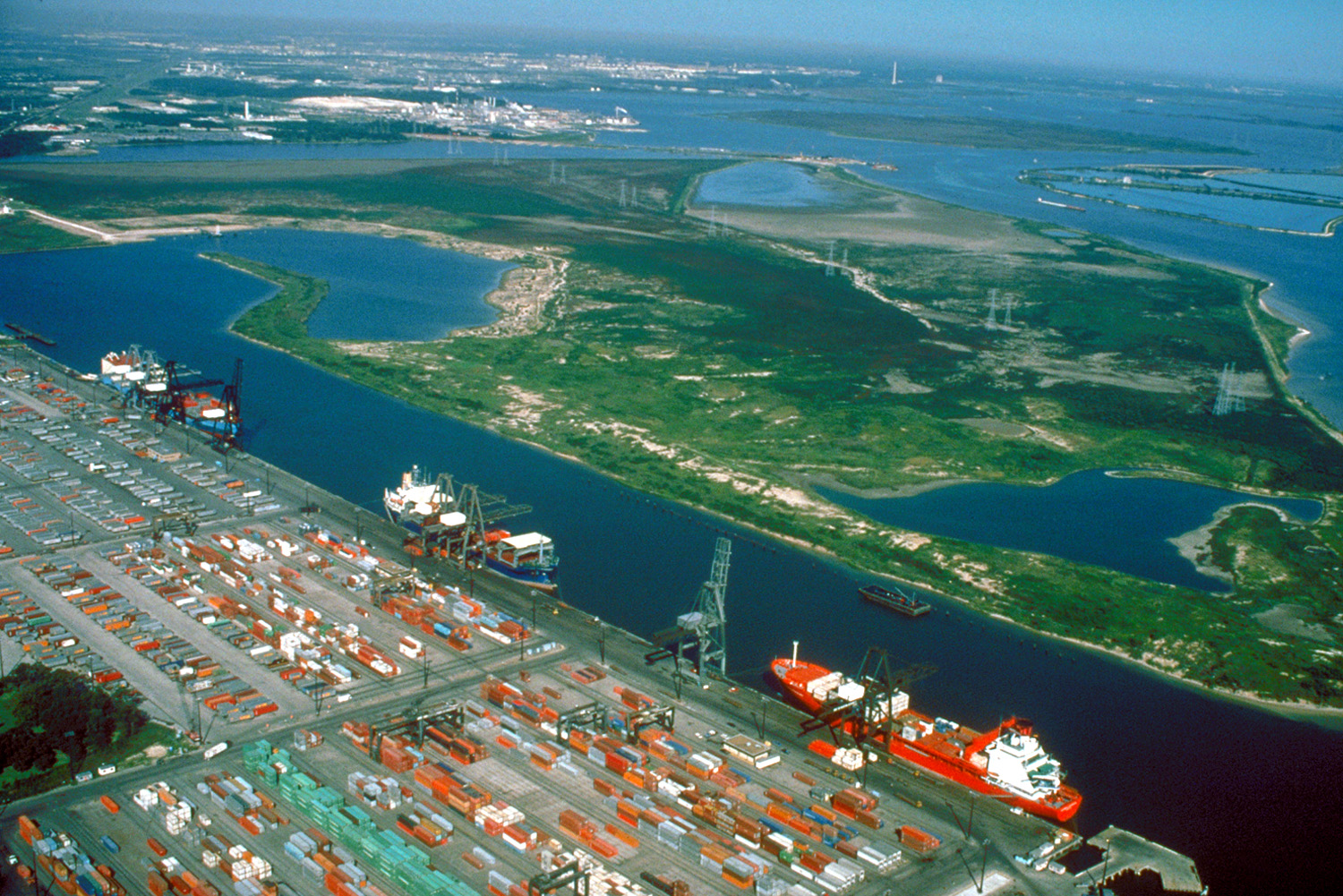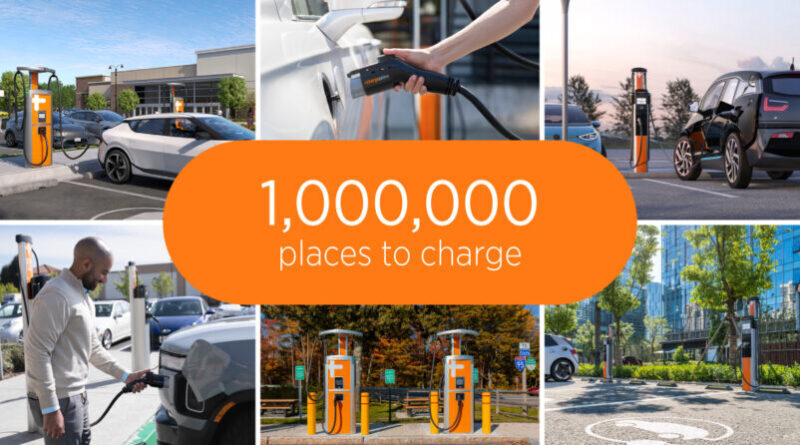Texas Takes on Carbon with Bayport Hydrogen Refueling
Port Houston Secures $25 Million Federal Grant for Hydrogen Refueling Station The Port of Houston has once again proven itself…

Port Houston Secures $25 Million Federal Grant for Hydrogen Refueling Station
The Port of Houston has once again proven itself as a hub for innovation and sustainable practices. Earlier this month, the Department of Transportation (DOT) and the Federal Highway Administration (FHWA) awarded Port Houston a $25 million grant to support the development of a state-of-the-art hydrogen fueling station for heavy-duty vehicles. This funding, part of a public-private partnership, represents a significant step forward in advancing clean energy solutions in transportation.
The project, known as the Bayport Hydrogen Refueling Station (HRS), is a collaborative effort featuring prominent partners such as Linde Inc., GTI Energy, Argonne National Laboratory, and the Centre for Houston’s Future. This initiative will be instrumental in making hydrogen fuel more accessible in Texas and beyond and could pave the way for cleaner transportation across the Gulf Coast region.
The Technology Behind Hydrogen Refueling
Hydrogen fueling technology may sound like something from the future, but it’s quickly becoming a practical solution for decarbonizing transportation. The Bayport HRS project will use pipeline-based hydrogen, a move that promises consistent delivery without reliance on trucks or extended transportation logistics. The refueling station aims to provide a user-friendly experience with fast fueling times similar to those of traditional gas stations, making it more accessible for drivers of heavy-duty vehicles.
Hydrogen fuel cells create energy by mixing hydrogen with oxygen, which generates electricity and leaves only water vapor as a byproduct. Unlike electric batteries, hydrogen fuel cells enable a longer range and faster refueling, which makes them ideal for industries dependent on continuous operation, like freight transportation.
By building this infrastructure now, Port Houston and its partners are promoting an energy source that could drastically cut emissions in sectors where electrification is less practical.
Port Houston’s Commitment to Infrastructure and Sustainability
This new hydrogen initiative aligns with Port Houston’s broader commitment to fostering sustainable growth. Alongside this grant project, the port has been pursuing a robust $1.5 billion investment plan aimed at enhancing its infrastructure over the next five years. This includes adding advanced ship-to-shore cranes, expanding container yard spaces, dredging channels to accommodate larger vessels, and implementing innovative technology to streamline operations.
Most recently, Port Houston made strides in modernization with upgrades like the addition of Wharf 6 at Bayport Container Terminal, which will allow the port to handle vessels with capacities of up to 15,000 twenty-foot equivalent units (TEUs). The port is also planning to integrate eco-friendly hybrid rubber-tired gantry cranes (RTGs) as part of its efforts to reduce its operational carbon footprint. Rich Byrnes, Chief Infrastructure Officer at Port Houston, emphasized that this grant project fits neatly into the port’s long-term strategy to promote cleaner transportation options and strengthen its ties to the local community.
A Collaborative Push for Hydrogen
Collaboration has been key to accelerating hydrogen adoption in Houston, a city already regarded as the “Energy Capital of the World.” Rich Byrnes stressed that partnering with Linde, a global leader in hydrogen production, will bring valuable expertise to the Bayport project. By making use of Linde’s pipeline network and technical know-how, Port Houston aims to deliver efficient and cost-effective hydrogen refueling solutions.
Kristine Wiley of GTI Energy explains the importance of heavy-duty vehicle hydrogen fueling in particular, stating, “Hydrogen has tremendous potential to reduce emissions in hard-to-abate sectors like heavy-duty trucking. This project shows how collaboration can drive innovative infrastructure forward.”

Port of Houston, Barbours Cut Terminal – Image Credit Wikipedia
How Bayport’s Refueling Project Transforms Freight and Cuts Emissions”
The Bayport hydrogen fueling project isn’t just about creating a cutting-edge refueling station; it’s about reshaping transportation in one of the busiest logistics hubs in the United States. By investing in clean hydrogen solutions, Port Houston is leading the charge toward reducing the environmental footprint of freight transportation.
Here’s why this matters to you and me. Freight trucks play a crucial role in our lives, transporting goods we rely on every day, but their environmental impact cannot be overlooked. According to data from the Environmental Protection Agency (EPA), medium- and heavy-duty trucks account for nearly 23% of greenhouse gas (GHG) emissions from the transportation sector. Transitioning to hydrogen fuel could drastically reduce those emissions, creating cleaner air and healthier communities.
It’s also worth noting how this technology could bridge the gap between today’s fossil fuel dependency and tomorrow’s sustainable energy future. While electrification is making strides in passenger vehicles, heavy-duty trucks often require longer ranges and quicker refueling, areas where hydrogen has a distinct edge.
What’s Next?
The Bayport Hydrogen Refueling Station is slated to begin construction soon, and if all goes according to plan, operations could begin within the next few years. The long-term success of this project could set the stage for more hydrogen-powered corridors across the United States, reshaping how freight moves through the country.
For now, the practical applications of this technology can already make an impact. Companies that transition their fleets to hydrogen-powered vehicles can benefit from long-term cost savings and meet stricter emissions regulations, all while supporting a cleaner transportation ecosystem. Imagine a highway filled with trucks running on hydrogen, emitting nothing but water vapor. It’s a vision that feels closer than ever.
What's Your Reaction?





























































